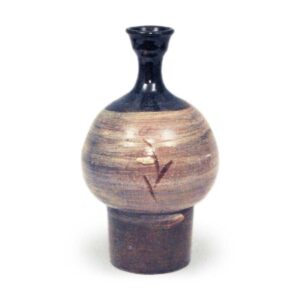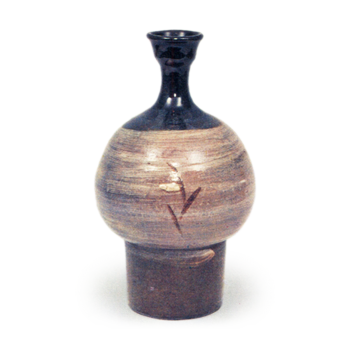
Pottery from Yagami-mura, Hizen Province, Hizen Province (present Kawana, Nagasaki City). Also called Yagami ware. Tanaka Gohei (Soetsu) and his son Jinnai opened the kiln in 1692 (Genroku 5) and continued for a while, but the kiln was closed around 1741-4. The thinness of the work at first glance gives it a Kyoto-style appearance, but the refined and elegant brushwork characteristic of Hizen is a major feature of this pottery. Depending on the design, it is called “lotus flower brush,” “peony brush,” “wave brush,” “crepe brush,” “firefly brush,” “stream brush,” “map brush,” etc. The painting is done in white clay as well as in iron. In addition to white clay, iron, alum, and gosu are also used for painting. Although there is no seal on these old works, from around 1895 (Meiji 28) to 1903 (Meiji 36), Baba Totao and his son Yashiro built a kiln in Aza Hira in the same area and rebuilt Kogengawa ware, using the Kogengawa kiln seal. Around 1897, Danno Katsuji built a kiln in Aza Yamakawa, but it was soon abandoned. In the early Showa period, the works of Yokoishi Garyu of Mikawachi are often confused with Kogengawa ware.



